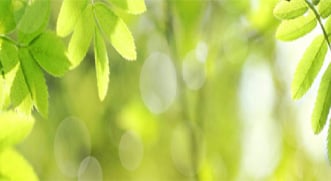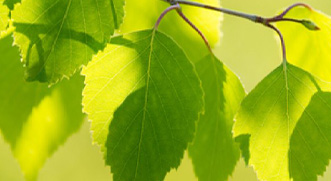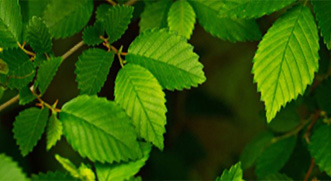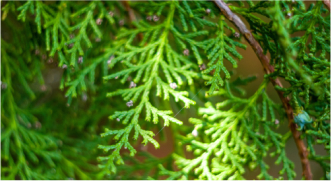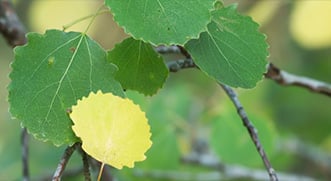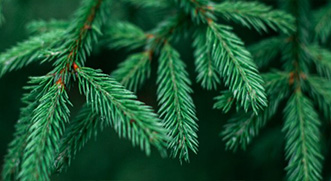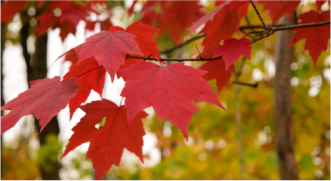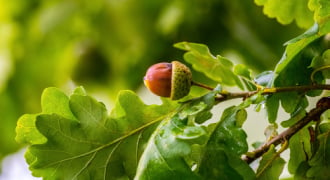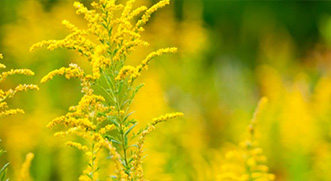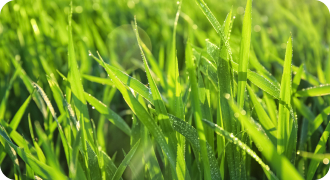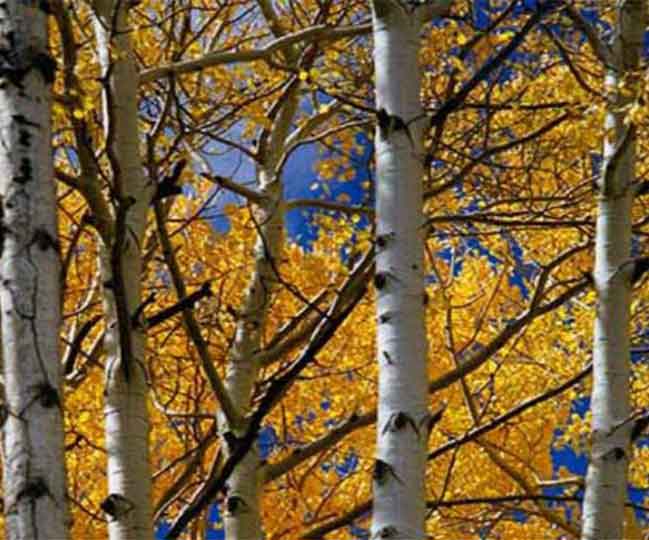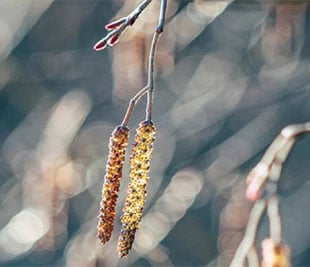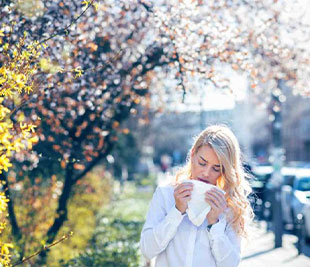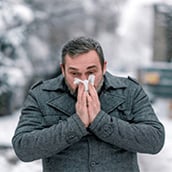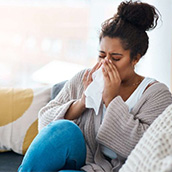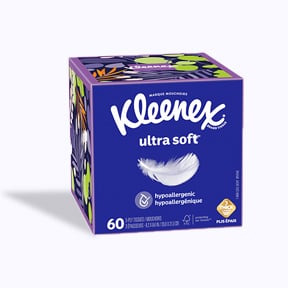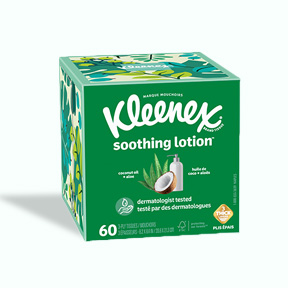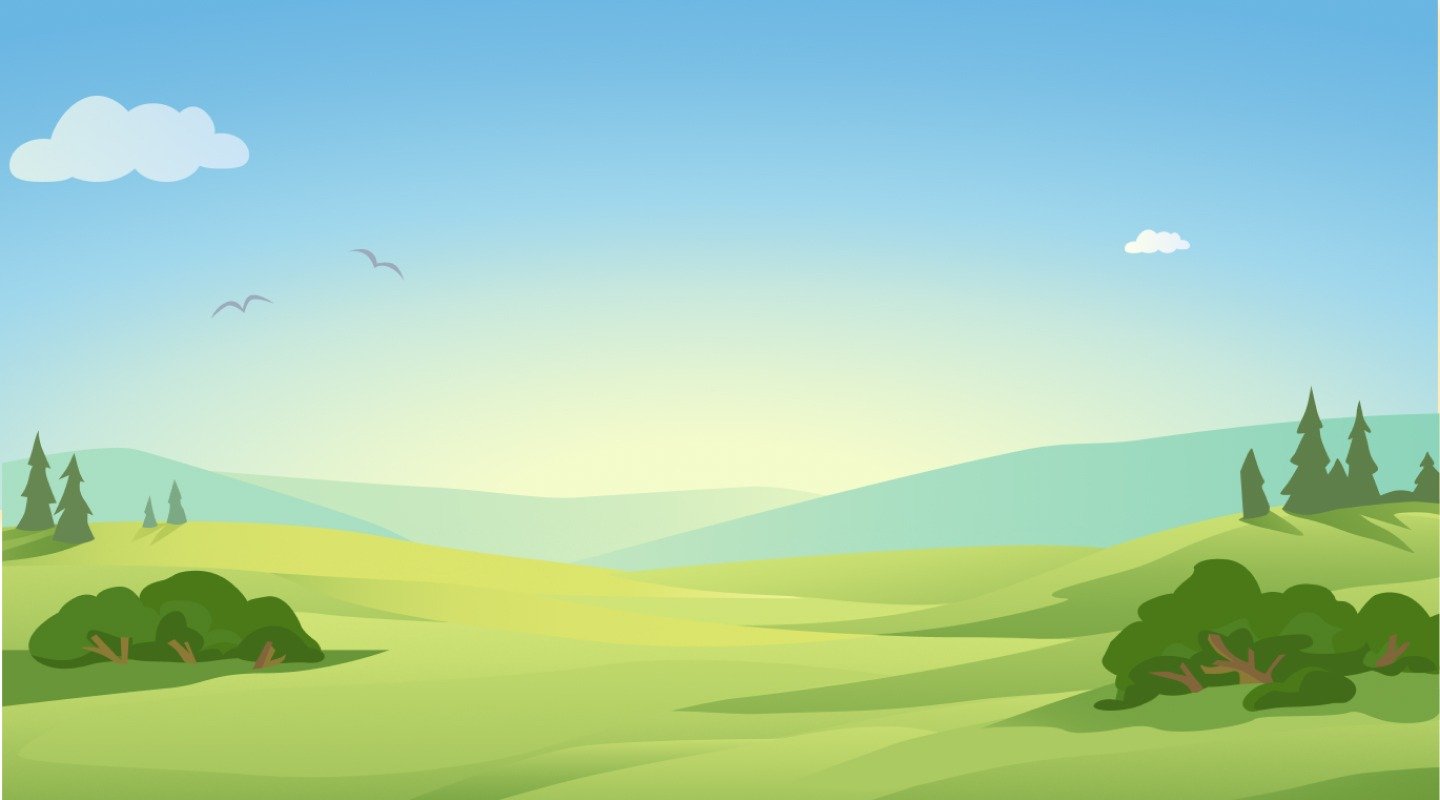


Get ahead of pollen with personalized alerts!
Sign up for pollen alertsPollen Count in Edmonton, Alberta
What is the pollen count in Edmonton today?
Check the pollen count today in Edmonton with Your Pollen Pal. Find out the different local levels to help plan your day in an allergy safe way.
Pollen forecast for Edmonton
Find out Edmonton’s pollen count for the days ahead. Use this information to plan when to head to West Edmonton Mall versus visiting one of the city’s many parks. Make sure your hay fever allergy doesn’t spoil your plans in Edmonton.
Pollen Month-by-Month in Edmonton
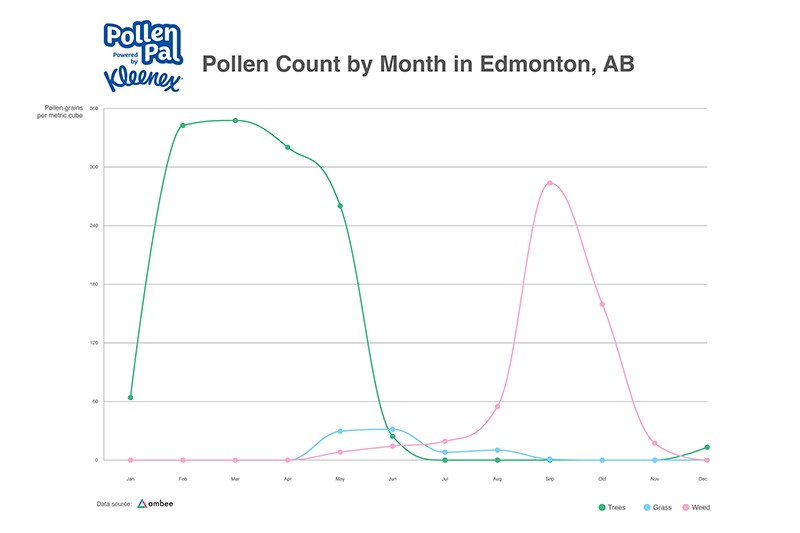
-
January
-
February
-
March
-
April
-
May
-
June
-
July
-
August
-
September
-
October
-
November
-
December
With snow covering most of Edmonton, this month has a low pollen count. Allergies in January can be attributed to animals or mold. Check out our guide if you’re struggling to distinguish the difference between a winter cold and hay fever!
So long as the freezing temperatures continue in Edmonton, pollen seldom makes its presence felt this early in the year.
The first month of spring welcomes tree pollen season. Trees in this season include Cedars, Hazels, Alders, Elms, Maples, Willows, Poplars, Pines and Oaks.
Welcoming Kentucky grass, the first representative of the approaching grass pollen season encouraged by April showers. Tree pollen remains the dominant pollen producer in Edmonton during April.
Sycamore trees begin pollenating in May, while Kentucky, Bermuda, Johnson, orchard, and Timothy grasses are also spreading their pollen evenly across Edmonton.
June welcomes pines, birch and oaks as the primary producers of tree pollen. Joining the pollen party is sweet vernal grass.
In July, grass pollen is peaking in Edmonton, while the majority of tree pollen production is coming to an end for another year.
The good news is that tree pollen production has peaked with the exception of a few late bloomers. For Edmonton, ragweed is now the dominant pollen producer, along with dock, nettle, mugwort and plantain.
Luckily, Ragweed is on the decline which signals that hay fever season is winding down. Feel free to take a deep breath without the runny noses or itchy eyes – and hope that the sun stays around to make the most of it!
With any luck, the last of the weed pollen is on its way out, although some may hang around until the first frost of winter in Edmonton.
Enjoy the changing leaf colours without your eyes watering: November’s pollen count tends to be low.
December brings the first official day of winter in Edmonton, which means traditionally low levels of pollen for the next few months.
Top Causes of Pollen in Edmonton
Trees produce pollen in Edmonton from March until July. Edmonton’s most common tree allergens are Pine, Birch, Alder, Maple, and Poplar trees1. Grass pollen is in the air from April until July as well, followed by weed pollen. Ragweed pollen is the dominant strain in Edmonton, beginning in August through September (or until cooler temperatures take over.)
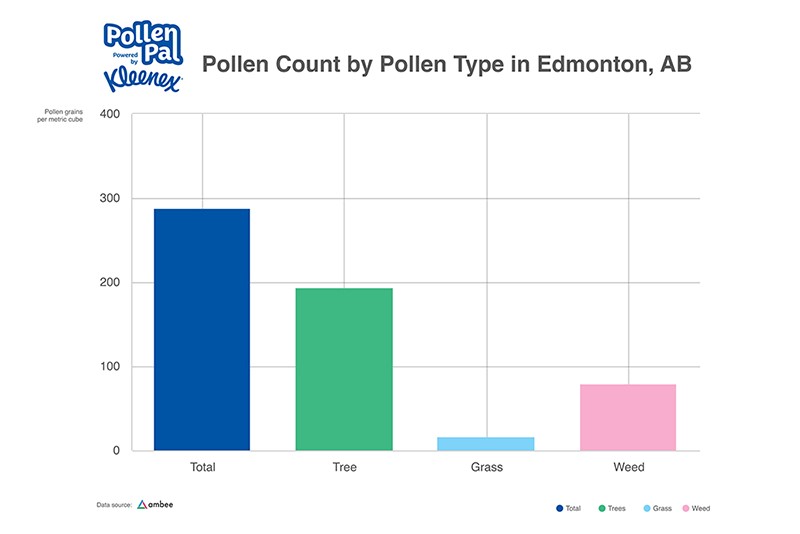
How to Stay Prepared for Edmonton’s Allergy Season
- Have a package of Kleenex® Ultra On-the-Go 3-Ply Pocket Facial Tissues ready to comfort your runny or stuffy nose for whenever seasonal allergies strike.
- Have a pair of sunglasses handy to prevent pollen reaching your eyes.
- Wash your hands often to remove pollen.
- Use petroleum jelly around your nostrils and on your upper lip to cut off pollen2.
- Wear a highly protective, comfortable mask to filter out the possibilities of pollen3.
- Change your clothes and shower upon returning home to wash off and remove pollen.
- If you’re looking for a natural solution, nasal breathing exercises can assist those using the standard nasal sprays4 .
Pollen Hotspots in Edmonton
During high pollen months, Edmonton’s many parks are best prepared for or avoided altogether. Specifically, the ever-popular Elk Island National Park, as well as the Muttart Conservatory, William Hawrelak Park, Mill Creek Ravine, Rundle Park, Terwillegar Park and Fort Edmonton Park.
Allergy Friendly Activities in Edmonton
While national parks and outdoor theme parks are thriving scenes for socializing, there are plenty of other things to do in Edmonton away from pollen. We’ve featured just a few of our favourite hay fever-friendly activities in Edmonton, just use Your Pollen Pal to check out the daily levels before you travel!
Indoor Activities
If you’re headed to Edmonton, you’ve likely heard of the biggest tourist attraction the city offers, which happens to be the biggest mall in North America. The mall is home to over 800 stores, 20 restaurants, mini golf, a bowling alley, a skating rink and an underground aquarium.
- West Edmonton Mall
- World Water Park
- Galaxyland
- High Level Bridge Street Car
- Muttart Conservatory
- Winspear Centre
Museums
There’s more to do in Edmonton than visiting West Edmonton Mall! Try one of their fascinating museums for an experience you won’t soon forget.
- Royal Alberta Museum
- Art Gallery of Alberta
- Telus World of Science Museum
- Alberta Aviation Museum
- Alberta Railway Museum
Sources:
Pollen Levels
The following table shows the risk level for each type of pollen derived by applying NAB guidelines to our data and taking percentile values from the extended season for each type of pollen.
Severity of pollen is dictated by the PPM number, which stands for Pollen Grains Per Cubic Metre. The weather and time of day can also be a big factor when it comes to how the pollen count can affect you. As pollen falls to the ground when the heat dissipates during the evening, this can mean your seasonal allergy symptoms get worse and is why many allergy sufferers have worse symptoms in the night. On rainy days, you’ll find your allergy symptoms are easier to manage as rain tends to wash pollen away.
- Low
- Moderate
- High
- Critical
Tree Pollen
- 0-95
- 96-207
- 208-703
- 704+
Weed Pollen
- 0-20
- 21-77
- 78-266
- 267+
Grass Pollen
- 0-29
- 30-60
- 61-341
- 342+
Types of Pollen
We’ve taken a closer look at the types of pollen out there to help you narrow down which ones will have you reaching for the tissues.
Show Allergy Season Who’s Boss
Looking for more info on seasonal allergies and symptoms? Check out our latest articles to help you put pollen allergies in their place.
Find Comfort From Allergies with Kleenex®
Seasonal or not, allergy symptoms can take a heavy toll on you. Let Kleenex® facial tissues help relieve some of those symptoms.
View all products
Frequently Asked Questions
- Local Pollen traps, where available.
- Weather data and other anthropogenic factors.
- Vegetation related data around your region.
A tree pollen level above 50 is considered high, while one to 10 is considered low. Be sure to check your local pollen count before venturing outside and plan accordingly.



